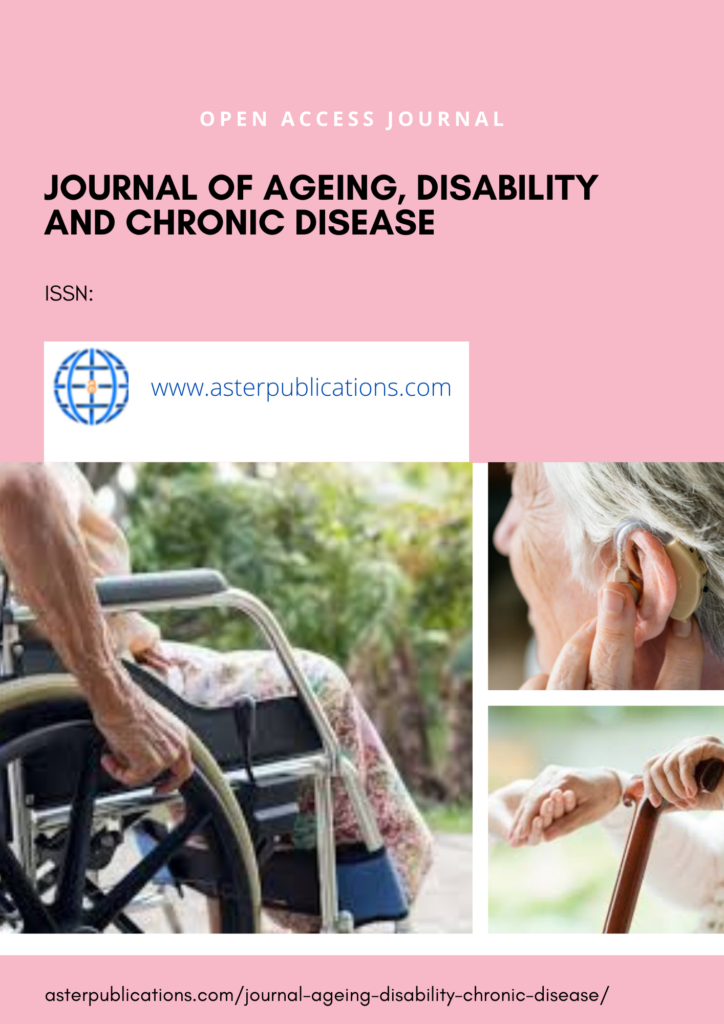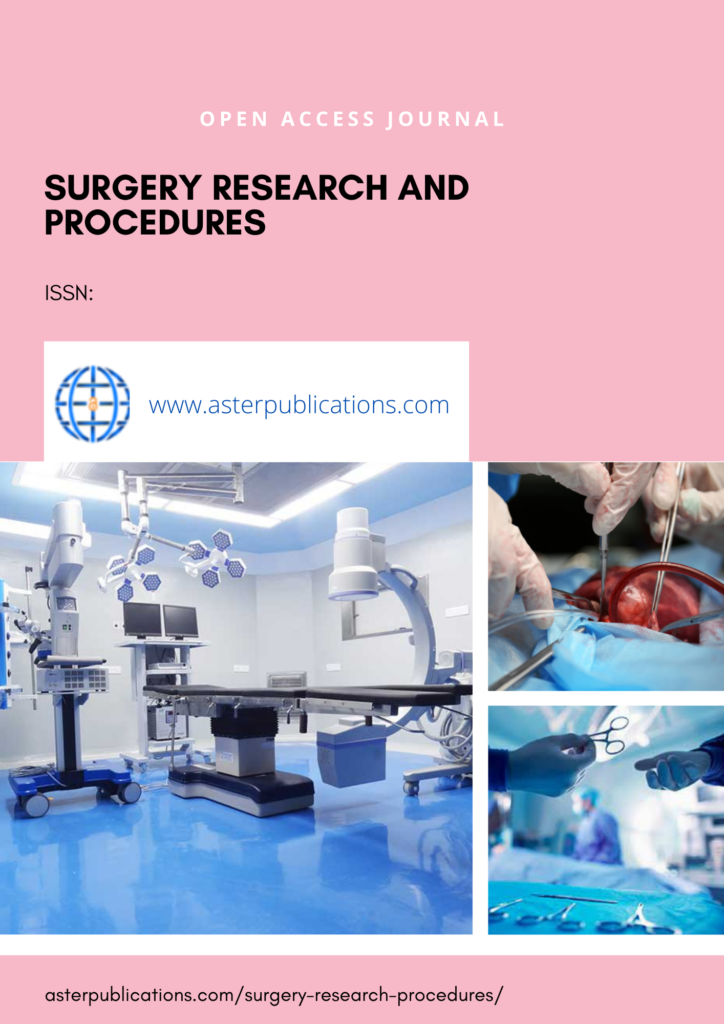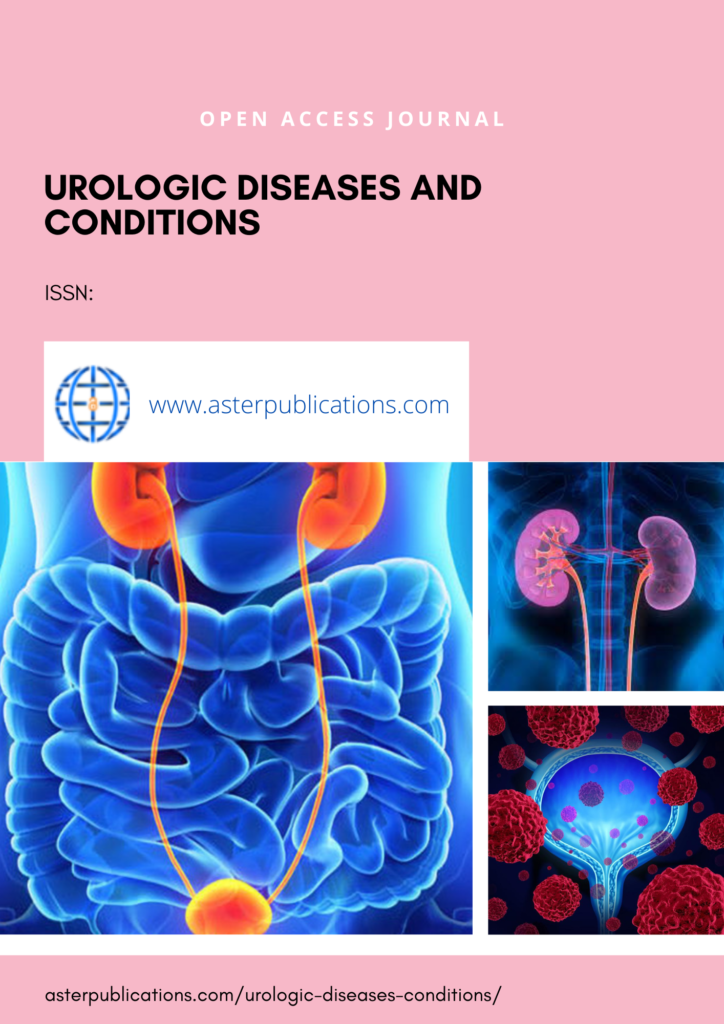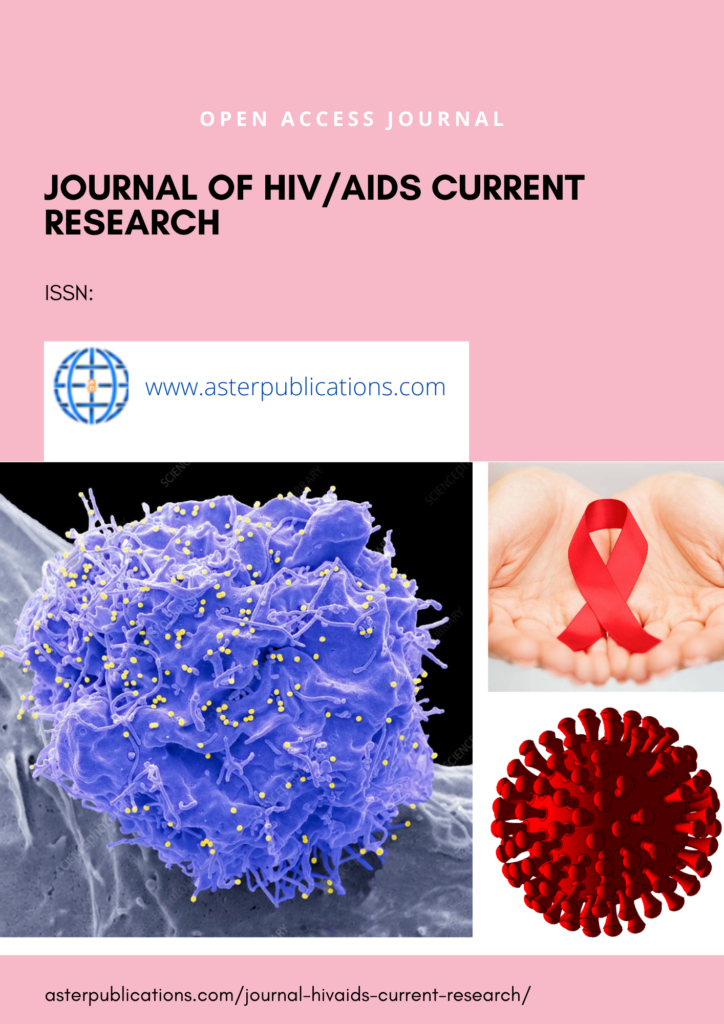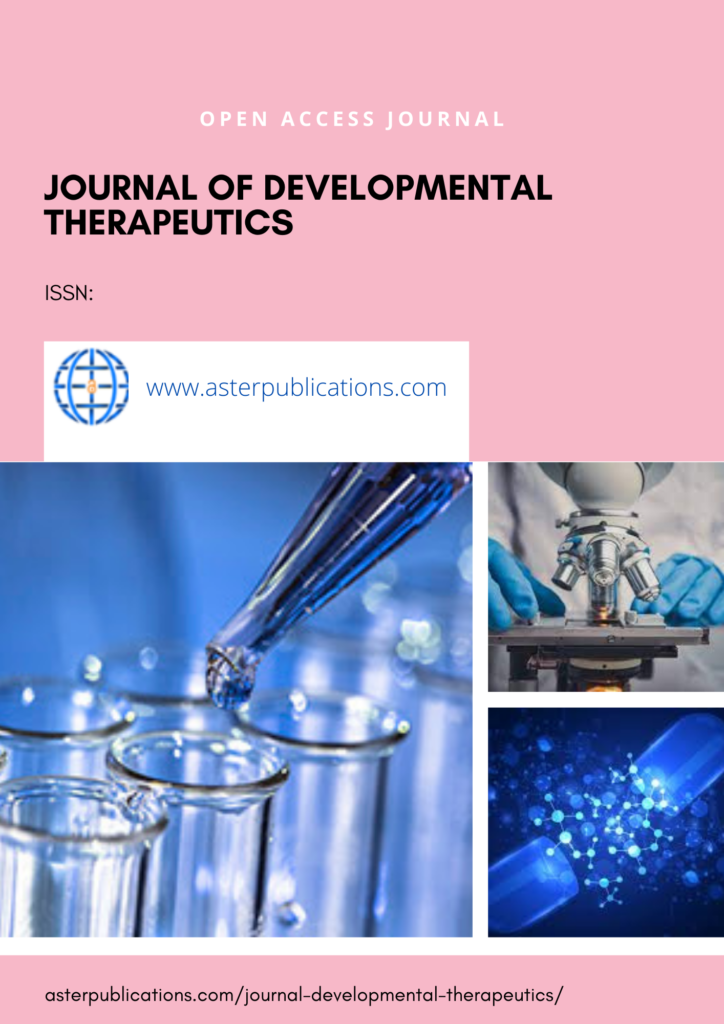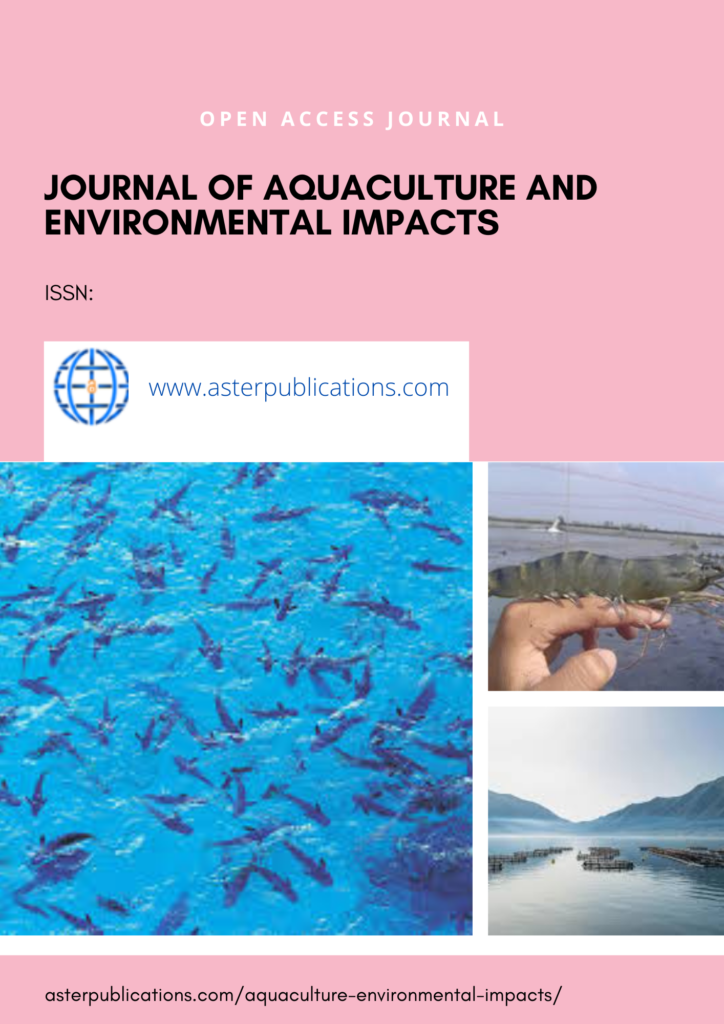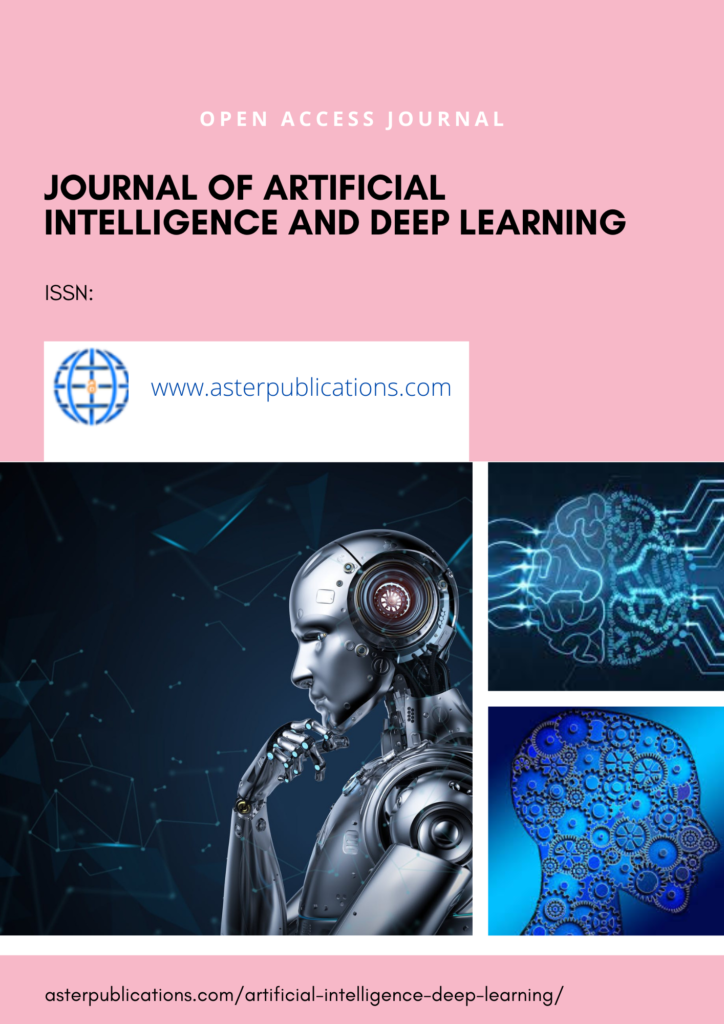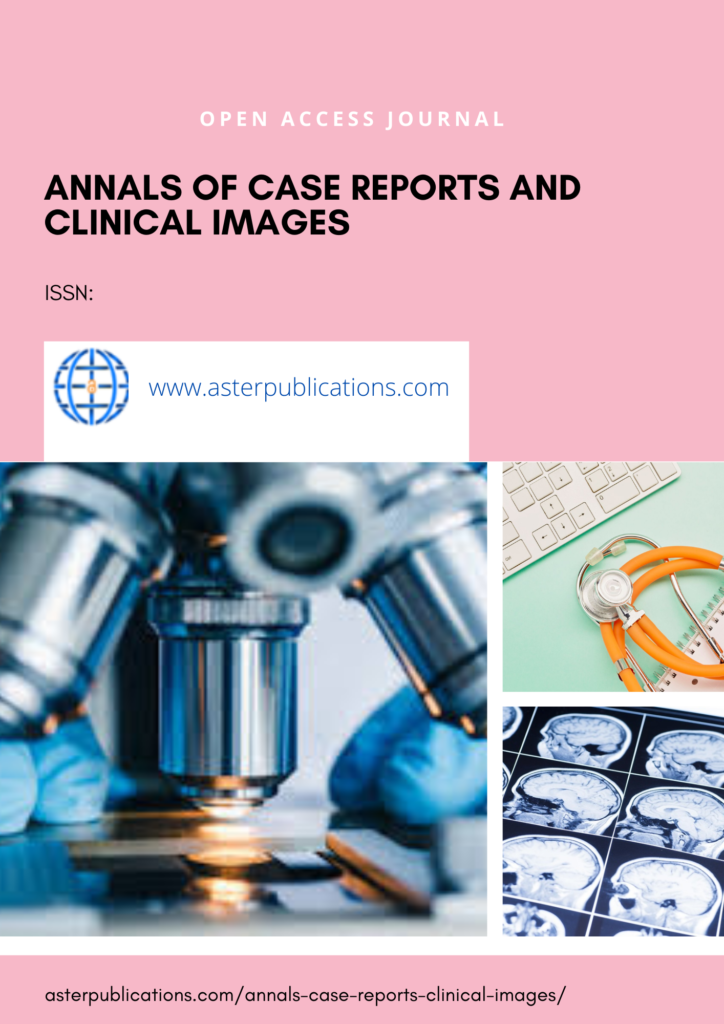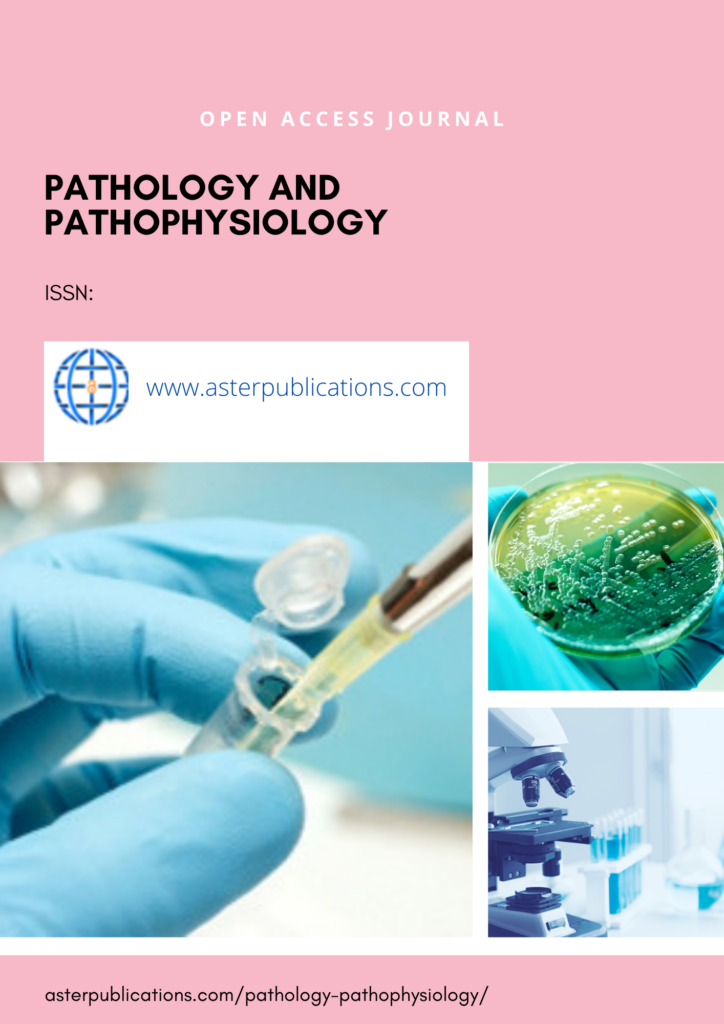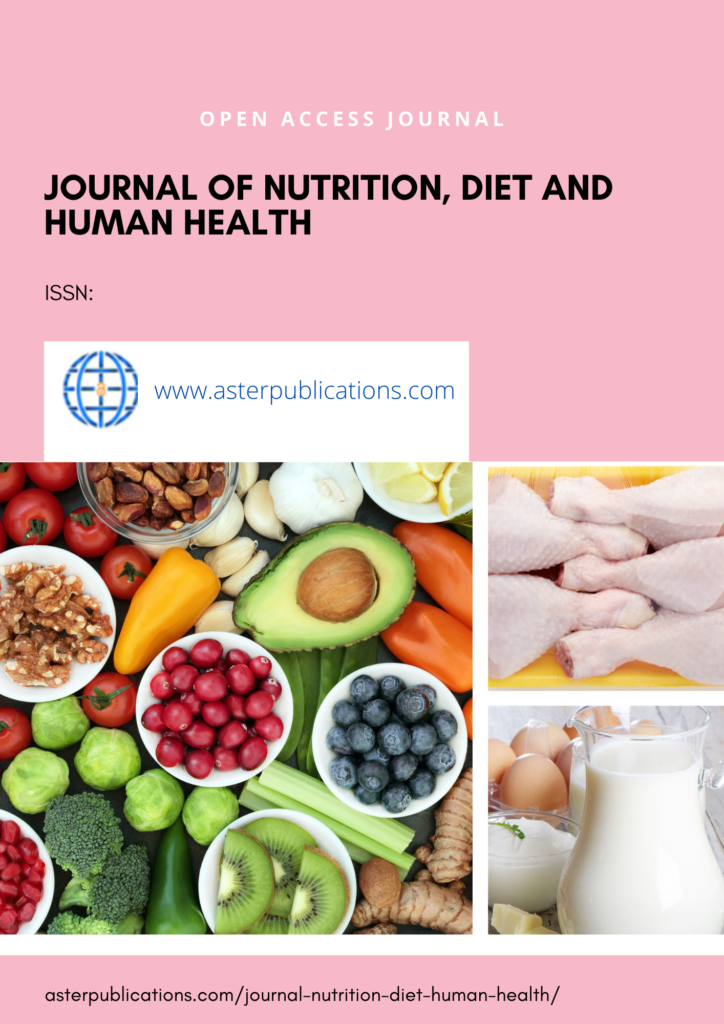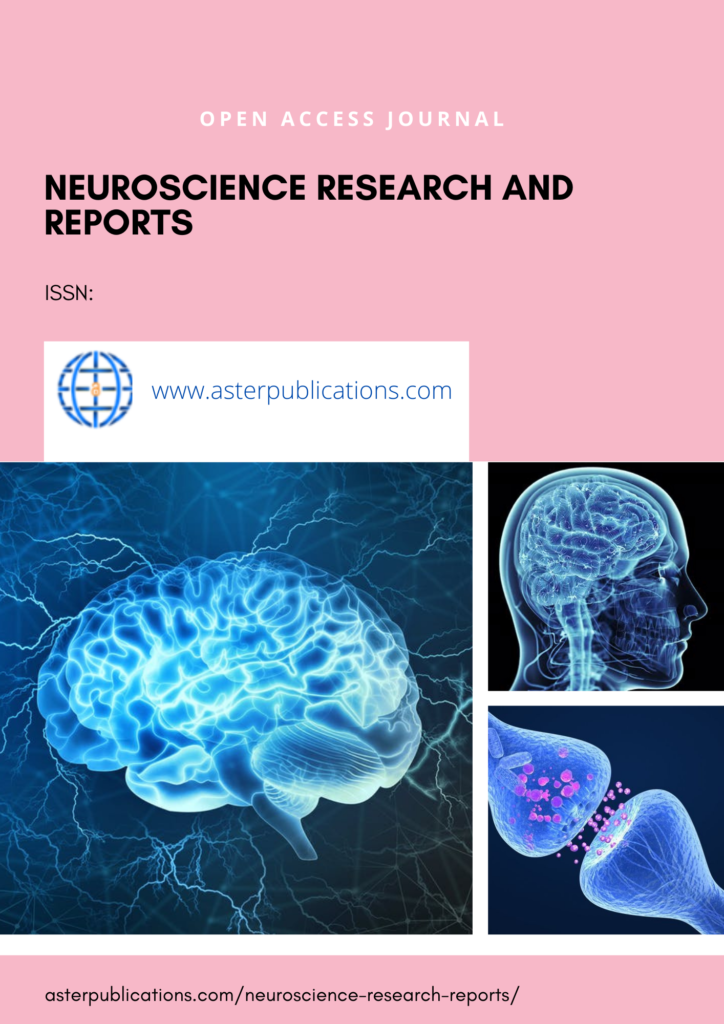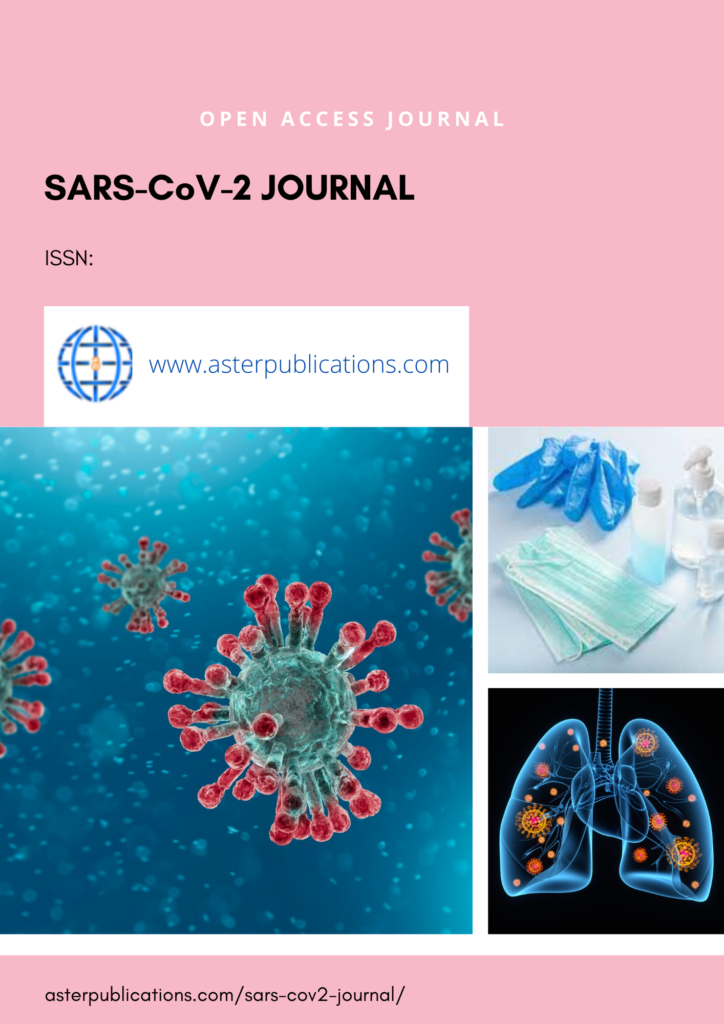AUTHOR GUIDELINES
Submission Process
These guidelines cover manuscript preparation for the Journals of Aster Publications. All manuscripts must conform to our formatting guidelines before submitting, those manuscripts not meeting all of the requirements cannot be considered for publication in Aster journals and will be returned to the authors who may re-submit their paper after dealing with the issues raised.
Manuscripts must be submitted either via the online submission form or via email to the editor’s office. If the submission is completed successfully, an acknowledgment followed by a manuscript number will be e-mailed to the corresponding author within 48 hours.
Instructions to Authors
Categories of Manuscripts
Manuscript Preparation
Submission Preparation Checklist
Publication Charges
Indexing and Archiving
Creative Common Attribution
Categories of Manuscripts
Aster Publications accepts the following:
Research, Review, Case Report, Editorial, Short Communication, Expert review, Letters to the editor, Conference proceedings
Manuscript Preparation
Manuscript title: The title should be brief and catchy with no abbreviations or acronyms, and limited to 25 words or less.
Author Information: Names, Affiliations, telephone, and e-mail addresses for all authors should be provided in the manuscript, including selection of one to be the corresponding author.
Abstract: The abstract should be fewer than 300 words without subheadings. This section should be accurate, self-contained, concise and specific , non-evaluative, coherent and readable. References should be avoided.
Introduction: This section should explain why the topic is under consideration, relevant and worthy of study. Also it should explain why the methodology is used in the present study and why it will provide new insights.
Materials and Methods: This section gives a detailed account of the procedure that was followed in completing the experiment(s). The methods section should: describe the research protocol, How the work and experiment were carried out, What were the organisms studied, how measurements were made, what calculations were performed, and state which statistical tests were done to analyze the data.
Authors should provide enough quantitative detail about the experimental protocol for other scientists to reproduce the experiments. When using a method described in another published source, provide the relevant citation to the source. Omit all explanatory information and background - save it for the discussion.
Results: Results section should present key experimental results (including any statistical analysis and whether or not the results of these are significant ) in an orderly and logical sequence using both text and illustrative materials (Tables and Figures).
Conclusion: Conclusion should be consistent with study objectives/research question. Explain how the results answer the question under study.
Acknowledgment: This section includes acknowledgment of people, grant details, funds, etc.
References: Authors are responsible for ensuring that the information in each reference is complete and accurate. Only include in the reference list entries for which there are text citations, and make sure all citations (including references cited in tables) are included in the reference list.
Journals: Authors. Article title. Journal name. Year; Volume: inclusive pages.
Books: Authors. Book title. Edition number. City, State (or Country) of the publisher: Publisher name; Copyright Year.
Conference proceedings: Editors, Book Title, Conference Title, Date of the conference, Place of the conference, Place of Publication, Publisher, Date of publication, Pagination (page number).
Patents: Inventors, Assignee, Title, Patent Country, Document type, Country code, Patent number, Date issued.
Articles in Press: Authors, Article Title, Journal title, Note (forth coming, in press), Year.
Tables and Figures: Every Figure and Table included in the manuscript should be cited in the text in a consecutive order. We strongly encourage authors to submit tables as .doc format. The preferred file formats for photographic images are .doc, TIFF and JPEG.
Cover Letter: Authors are requested to submit a brief cover letter explaining the significance and novelty of the work and a conflict of interest statement along with the submission.
Supplementary data: Supplementary data should be submitted in a separate file(s), along with the manuscript.
Submission Preparation Checklist
As part of the submission process, authors are required to check their submission’s compliance with all of the following items. Submissions may be returned to authors that do not adhere to these guidelines.
1. Cover letter
2. The submission file is in Microsoft Word (or equivalent) file (NOT PDF), in English, single-spaced, using a 12-point font. All illustrations, figures, and tables are placed within the text at the appropriate points, rather than at the end. Submit multiple files in one secure Zip file.
3. Spell and grammar checks have been performed.
Avoid Plagiarism
Stealing and publication of another author's work or significant portions of it without alterations is considered as plagiarism. Plagiarism is a serious ethical violation and will not be tolerated in any form. We take a strong stance against plagiarism and adhere to strict policies to ensure the originality of all submissions published in our journals.
Authors are requested to check your article for plagiarism before submitting to journals of Aster Publications.
Article Processing Charges
To cover publication costs, Journals of Aster Publications have very minimal Article Processing Charges (APCs), only upon editorial acceptance of an article.
Indexing and Archiving
Aster Publications makes sure that all the journals and its articles published online are indexed and archived worldwide in as many (e-) archives, search engines and databases as possible, in order to guarantee their maximum dissemination and impact.
Creative Common Attribution
![]()
Aster Publications is licensed under a Creative Commons Attribution 4.0 International License. Authors retain the full copyright to their work.
Open Access Journals

